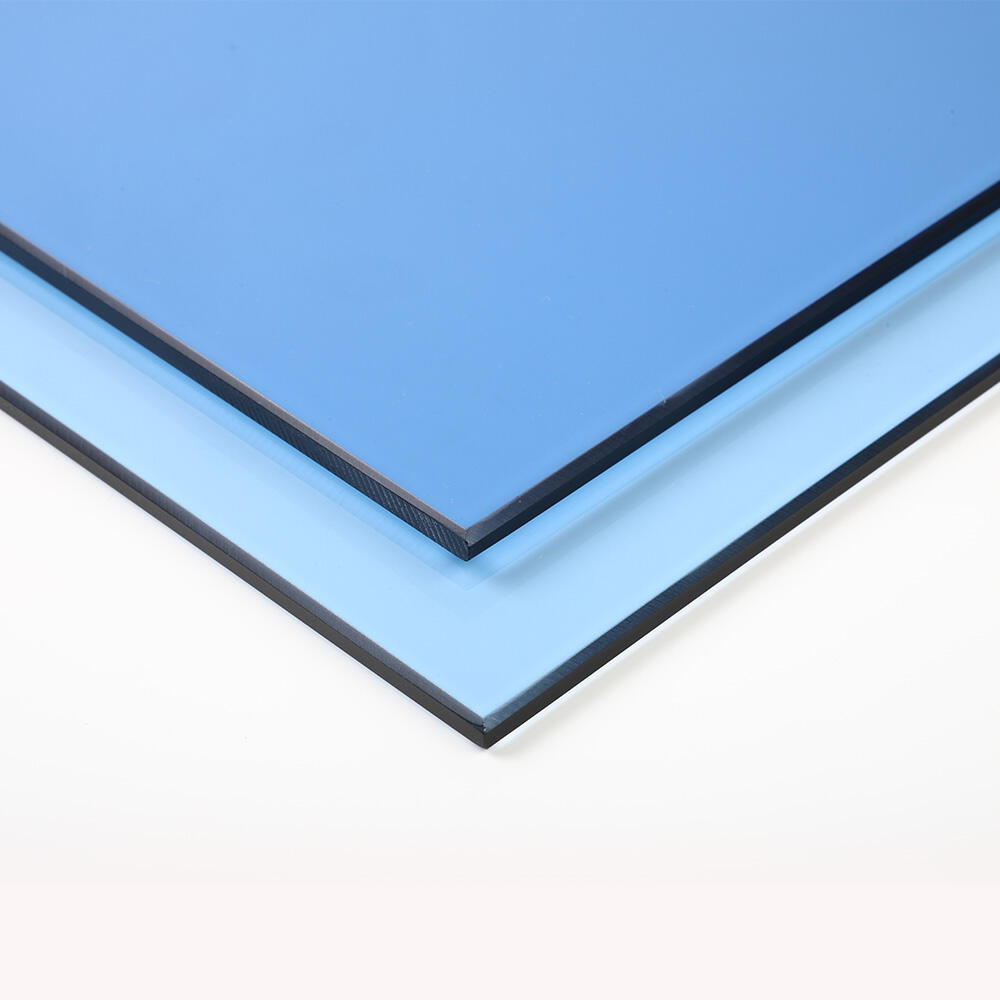Understanding Smart Glass Pdlc Film Technology
Smart glass, also known as dynamic glass, has the unique feature of reversibly altering its light transmission properties when an electric charge is applied. This relates closely to PDLC smart film. PDLC in turn is the polymer dispersed liquid crystal which is embedded in this type of glass and changes its structure from opaque to transparent when simply an electric current is applied. This technology is surrounded by unparalleled intrigue because it fundamentally changes how we can engage with the environments and the physical spaces around us. For instance, the PDLC film found in smart glass can reduce energy demand and increase privacy when needed.

What is PDLC Film?
Simply put, a PDL film is made out of a polymer based liquid crystal that has been finely dispersed. These devices are classified by light transmittance and can be changed based on the current status. For example, when electricity is on the device when it is switched on, the PDL film allows crystal liquid to flow through resulting in a transparent state of the glass, when the electric field is off, the direction of this fluid changes rendering the glass state opaque.
How Does a Smart Glass with PDLC Film Actually Helps?
PDLC smart glass works by placing a specialized polymer film between two plastic film or glass layers. With smart glass technology, operable wiring can give mechanical or electrical operations a distinct characteristic. This unique formation of glass allows intelligent window PDLC to be used in office cubicles, conference rooms or even car sunroofs.
The Advantages of Smart Glass with PDLC Film
Selective Privacy
What makes smart glass with film PDLC really stand out is privacy on demand. From switches to small toggle buttons, there is a wide range of ways to make a glass opaque. One of the finest applications of the glass is in meeting rooms or residential bathrooms as it requires complete privacy.
Energy Conservation
Since smart glass technology reduces the amount of light in a room, it improves energy efficiency. This comes in handy for a variety of reasons, resulting in reduced electricity use owing to reduced replacement of artificial lighting fixtures as well as integrating effective sun blocking capabilities.
Aesthetic Elasticity
Changing the appearance of glass from clear or transparent to frosted provides a unique design feature that can complement the aesthetics of any surroundings. It enables creative design of the space and can complements a modern high tech appearance.
Uses of Smart Glass with PDLC Film
Architectural Design
In architecture, using smart glass with PDLC film is possible in fabrication of active facades for buildings that changes with the environment. This can also be applied to the inner part of the building as a means of providing variable levels of privacy.
Automotive Industry
The automotive sector has expressed interest in using PDLC film smart glass in car windows in order to increase the coziness and privacy of passengers. It can be applied in sunroofs, rear windows and even side windows to tune out the glare of sunlight.
Healthcare Facilities
Clinics, as well as hospitals, could take advantage of smart windows with PDLC films for the reasons of maintaining the privacy of the patients but, at the same time, making it easy for medical personnel to keep an eye on.
Conclusion
Smart glass utilizing PDLC film technology has many advantages tailored for different industries and applications. In such a case it is imperative that materials are functional and aesthetically pleasing which in this case smart glass with PDLC film fulfills all those criteria as quality building material. With ZRGlas you can realize what opportunities are opening up for imbuing this technology into your next project, increasing the usability and appearance characteristics of your spaces.
Recommended Products
Hot News
-
The Amazing Properties and Uses of Glass
2024-01-10
-
Production raw materials and processes of glass products
2024-01-10
-
Co-create the future! A delegation from Atlantic El Tope Hotel visited our company
2024-01-10
-
ZRGlas Shines at Sydney Build EXPO 2024, Innovative Products Spark High Interest Among Clients
2024-05-06
-
How Low-E Glass Can Cut Energy Costs and Boost Insulation
2024-09-18

 EN
EN
 AR
AR
 CS
CS
 DA
DA
 NL
NL
 FI
FI
 FR
FR
 DE
DE
 EL
EL
 IT
IT
 JA
JA
 KO
KO
 PL
PL
 PT
PT
 RU
RU
 ES
ES
 TL
TL
 IW
IW
 ID
ID
 SR
SR
 SL
SL
 UK
UK
 VI
VI
 HU
HU
 TH
TH
 TR
TR
 FA
FA
 AF
AF
 MS
MS
 UR
UR
 HA
HA
 LO
LO
 LA
LA
 MI
MI
 MN
MN
 TA
TA
 TE
TE
 MY
MY
 SI
SI













